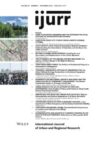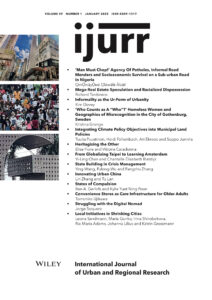After 50 years of research on urban informality, why is it that we seem unable to either clearly define this concept or move beyond it? On the one hand, urban informality is identified with ‘slums’ and substandard outcomes, on the other, with deregulated markets and neoliberal urbanism. Yet it is also identified as a self-organized urbanism that adds vitality, affordability, diversity, creativity and adaptability to the city—a form of urbanity that embodies the ‘right to the city’ and urban commoning. How are we to understand this paradox and move beyond the informal/formal as a binary distinction? If informality is more than a lack of formality, then what is informality-in-itself? The key argument here is that urban informality is the original form of urbanity—the ur-form—while formal urbanism is its necessary counterpart. Informal urbanism is not a lack of formality, but the ground from which the formal emerges. This inversion changes the way we understand the city as an in/formal assemblage. While rampant informality may seem the very antithesis of urban planning, to erase it is to kill urbanity itself. The challenge is to engage this paradox—planning for the unplanned, keeping the ur- in urban studies.
Details
Written by:
Kim Dovey
Digital Object Identifier (DOI)
https://doi.org/10.1111/1468-2427.13284
About DOI

